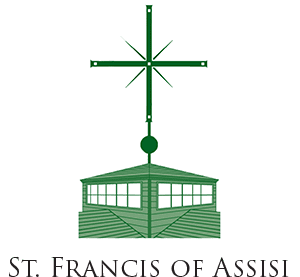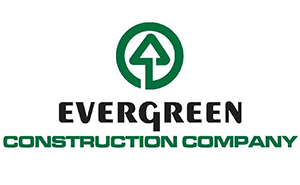
As we round out the first month of the new year, enter a new legislative session, and roll out our 2023 Policy Agenda, we are so excited to announce the release of the North Carolina Housing Coalition’s 2023 County Profiles.
The County Profiles are designed to be an accessible tool that advocates can use in their communities as well as with their local and state elected officials in order to communicate the housing issues we face in our cities and towns. These profiles provide a data snapshot of the housing need in all 100 of North Carolina’s counties.
Affordable housing is traditionally defined as housing that does not cost a household more than 30% of their income. The County Profiles track the size of the need for affordable housing in each county by asking the following critical questions:
- How many renters and homeowners are struggling to afford their rent or mortgage?
- How many families are facing an eviction filing? Facing foreclosure?
- What is the average income for popular industries across our state and how does that impact the ability of families to afford where they live?
- What income is needed to afford a home in our cities and towns across North Carolina?
- How do communities across the state compare when it comes to eviction rates?
Key Changes in 2023 County Profiles
This year staff received feedback on our past County Profiles from the broad network of organizations and individuals in our Coalition. We asked questions about how the profiles are used and what data points people would like to see more of. This year, we’ve reorganized and streamlined some of the data in order to tell a more nuanced story about housing in the state and in each county. As evictions increase nationwide, we want to track where the crisis is most acute in our state. We have added an eviction score between 1-100 in order to compare the rate of evictions across the state (1 representing the highest level of evictions, and 100 representing the lowest).
We also replaced the Area Median Income (AMI) featured in previous reports with the National Low Income Housing Coalition’s (NLIHC) housing wage for each county, which represents the minimum household income needed to afford a fair market rent (FMR) 2-Bedroom apartment in each county. While average incomes in a county may be higher than the local FMR, the housing wage still exceeds many household incomes, as demonstrated by the featured industry wages.
The lowest housing wage – estimated wage needed to afford a 2 bedroom apartment in the state – is $14.83 in Wilkes County, and the highest housing wage is in Buncombe County at $28.19, double and triple the federal minimum wage ($7.25) respectively.
Staff worked hard to balance the immense amount of data that exists to describe housing needs with goals of making the data consistent, reliable, easy to understand, and impactful.
Data Highlights
- 1,097,035 households in North Carolina are considered cost-burdened, meaning they are paying more than 30% of their income on housing.
- 47% of renters in North Carolina are cost-burdened
- 19% of homeowners in North Carolina are cost-burdened
The following counties have the top 5 highest percentage of eviction filings per total number of renters across the 100 counties in North Carolina. Counties were assigned a rank between 1 and 100, 1 representing the highest % of evictions per total renters, and 100 the lowest.
- Edgecombe County – 19% Eviction Rate
- Nash County – 16% Eviction Rate
- Vance County – 15% Eviction Rate
- Guilford County – 14% Eviction Rate
- Forsyth County – 14% Eviction Rate
Although these profiles are truly only a “snapshot” of the full picture, the data still shows a clear, statewide need for affordable housing across North Carolina no matter if the community is urban or suburban or rural. The data confirms several things:
- We know that consistently, well over a million households across North Carolina are paying more than 30% of their income on housing.
- We know that no person earning minimum wage can afford an apartment at fair market rent. Unless they carry multiple jobs and/OR work at least 90 hours a week and/ OR sacrifice other living expenses to do so.
- We know that a vast majority of our most critical workers – our child care providers, health care support professionals, public servants, and agricultural workers, do not make enough to afford a fair market apartment without being cost burdened.
We know that the data demonstrates housing is an intersectional issue, and we cannot advocate for the resources to meet the volume of the need without collaboration and collective action across policy areas.
A big thank you to Anna Patterson for her incredible work with this North Carolina sized data analysis, to Haley Solomon for her help proofreading and coordinating the design and development of our updated County Profiles, and all those that provided input into this year’s process. We look forward to continuing the development of tools and resources you can use to grow our housing movement and ensure that every North Carolinian has a home in which to live with dignity and opportunity.
County Profile Data Sources
American Community Survey – 5-year estimates (2017-2021)
Bureau of Labor Statistics – 2021 Metropolitan and Nonmetropolitan Area Estimates listed by county or town
HUD – IFY 2022 Median Family Income Documentation System
HUD – 2023 Fair Market Rent Documentation System
NC Administrative Office of the Courts – Civil Issue Filings/Orders FY21-22
If you have any questions or would like to provide feedback on how we can make the next update of County Profiles better, feel free to reach out to Stephanie Watkins-Cruz at swatkinscruz@nchousing.org or Anna Patterson at apatterson@nchousing.org.








